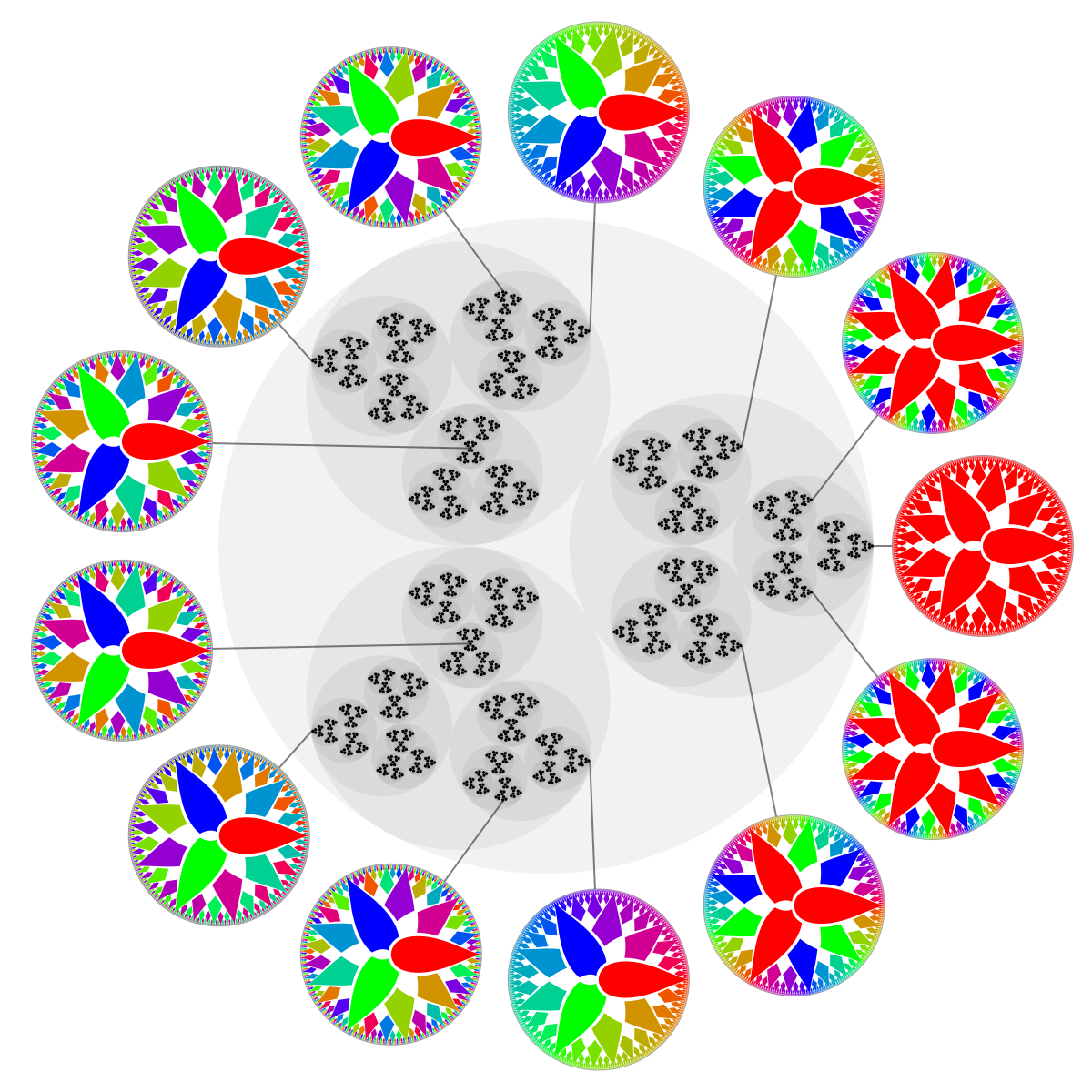The Mathematical Architecture of Bach's "The Art of Fugue"


Many researchers have found numerical symbolism in the works of Johann Sebastian Bach. These studies were particularly promoted by Friedrich Smend who, in the introduction to his third book on Bach’s Church Cantatas, pointed out numerous examples of number symbolism. Much of this symbolism includes numbers derived from the ‘‘number alphabet’’ in which each letter is associated with the number of its ranking position in the alphabet. Early on in his study he drew attention to the number 14, which has since become widely known as ‘‘the Bach number’’, being derived from B+A+C+H = 2+1+3+8 = 14. These techniques of gematria were well known in Bach’s days. Other numerical symbolisms were associated with theological numerology.
Systematic and rigorous studies in the use of mathematical proportions in Bach’s works, however, as in Tatlow, have shown that in many cases the results cannot be dismissed as arithmetical coincidence. Tatlow, for example, introduced the theory of proportional parallelism in which she showed that Bach intentionally manipulated the bar structure of many of his collections so that they could relate to one another at different levels of their construction with simple ratios such as 1 : 1, 2 : 1, 1 : 2, 2 : 3.
In this essay we report a mathematical architecture of The Art of Fugue, based on bar counts, which shows that the whole work was conceived on the basis of the Fibonacci series and the golden ratio. A proportional parallelism is also described that shows how the same proportions were used in varying degrees of detail in the work.
In Bach’s biography there is considerable evidence of a growing interest in Pythagorean philosophy. Bach had been acquainted with Johann Matthias Gesner in Weimar, and in 1730 Gesner moved as Rector to the Thomasschule, where Bach was Kantor. Gesner taught Greek philosophy with an emphasis on Pythagorean thought. He even changed one of the school statutes to reflect the Pythagorean practice of repeating all one had learned during the day before retiring to bed, and the Summa pythagorica by Iamblichus was included by Gesner in the Thomasschule norms. It is interesting that three volumes of the Summa pythagorica (III-V) were devoted to arithmetic: De communi mathematica scientia liber (Common mathematical science), In Nicomachi Arithmeticam introductionem liber (Introduction to Nicomachus arithmetic), Theologoumena arithmeticae (Theological principles of arithmetic). In all three books music is extensively treated. Bach’s emphasis on numerology and numeric symbolism could easily have been derived from the perspective outlined in these books in which music is described in terms of mathematical ratios and relationships that can be found in many other domains. The study of the mathematical properties of music is understood in theological terms as a way of obtaining knowledge of the divine which is embedded in a cosmological system.

